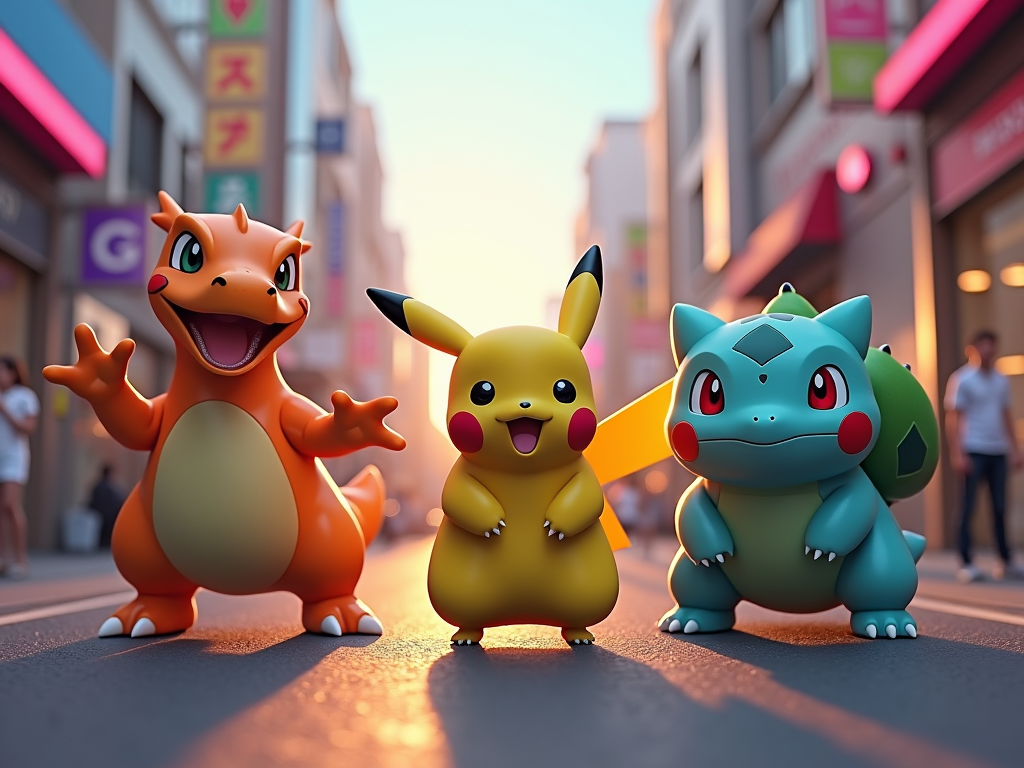Key Points:
• Fidget spinners exploded in popularity in 2017, becoming a global sensation and sparking debates about their benefits and drawbacks in various settings.
• While initially marketed as tools for focus and stress relief, scientific evidence supporting these claims remains limited, leading to controversies about their use in schools and workplaces.
The Rise of the Spinner
Fidget spinners, small handheld devices designed to spin with minimal effort, exploded onto the scene in 2017, becoming an overnight sensation. These pocket-sized gadgets, typically consisting of a central bearing with two or three prongs, captured the attention of children and adults alike. Their simple yet addictive nature led to a craze that swept across the globe, with manufacturers struggling to keep up with the sudden surge in demand.
Origins and Design
The concept of fidget spinners dates back to the early 1990s when Catherine Hettinger patented a similar device. Hettinger filed a patent application for a “spinning toy” in May 1993, and a patent was issued to her in January 1997. However, she allowed the patent to lapse in 2005 after failing to find a commercial partner to produce and market the toy.
The modern spinner design that gained widespread popularity was created by Scott McCoskery in 2014. The basic structure consists of a ball bearing center with a multi-lobed flat structure around it, allowing for smooth, continuous rotation when spun.
Claimed Benefits and Controversies
Proponents of fidget spinners argued that these toys could help individuals with attention deficit disorders, anxiety, or autism to focus better and alleviate stress. Many manufacturers marketed them as tools for improving concentration and fine motor skills. However, the lack of scientific evidence supporting these claims led to skepticism among experts.
The widespread use of spinners in schools soon became a point of contention. While some educators embraced them as potential learning aids, others viewed them as disruptive to the classroom environment. Many schools eventually banned fidget spinners, citing concerns about distraction and safety.
Cultural Impact and Decline
At the height of their popularity, fidget spinners permeated popular culture, featuring in memes, videos, and even spawning their own vocabulary. The toy industry experienced a significant boost, with countless variations and designs flooding the market. A survey conducted in the United States in 2017 found that 28% of respondents used their fidget spinner almost daily.
However, like many fads, the spinner craze eventually waned. The popularity of fidget spinners peaked in early May 2017 and declined significantly by June 2017, as reflected in Google search trends. This rapid rise and fall left behind a trail of unsold inventory and closed spinner-centric businesses.
Legacy and Future
Although the fidget spinner boom has subsided, the toy’s impact on discussions about focus, stress relief, and the role of fidgeting in cognitive processes continues. The phenomenon highlighted the ongoing search for simple solutions to complex issues like attention and anxiety management.
One positive outcome of the fidget spinner trend was the reduction of stigma around stimming, particularly for neurodivergent individuals. The increased availability and normalization of fidget toys made them more accessible and less stigmatized.
While fidget spinners may no longer dominate headlines, they have secured their place in the annals of pop culture history and continue to be used by enthusiasts and those who find them genuinely helpful.













